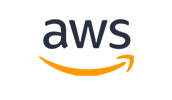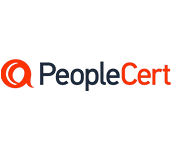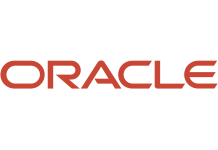- 087 941 5764
- impactful@lrmg.co.za


This course covers methods and practices for implementing and managing enterprise-scale data analytics solutions using Microsoft Fabric. Students will build on existing analytics experience and will learn how to use Microsoft Fabric components, including lakehouses, data warehouses, notebooks, dataflows, data pipelines, an
Our courses have flexible delivery options:
This course is intended for:
Candidates who have the PL-300 certification or similar expertise in using Power BI for data transformation, modelling, visualisation, and sharing.
Also, learners should have prior experience in building and deploying data analytics solutions at the enterprise level.
Need additional information?
We are here to support your growth every step of the way
Get in touch
This course covers methods and practices for implementing and managing enterprise-scale data analytics solutions using Microsoft Fabric. Students will build on existing analytics experience and will learn how to use Microsoft Fabric components, including lakehouses, data warehouses, notebooks, dataflows, data pipelines, an
Our courses have flexible delivery options:
This course is intended for:
Candidates who have the PL-300 certification or similar expertise in using Power BI for data transformation, modelling, visualisation, and sharing.
Also, learners should have prior experience in building and deploying data analytics solutions at the enterprise level.
Certified global best practices in the new technologies…




Please complete the form with your information and one of our experts will get back to you soon.

Get in touch
Email: impactful@lrmg.co.za
Tel: +27 87 941 5764